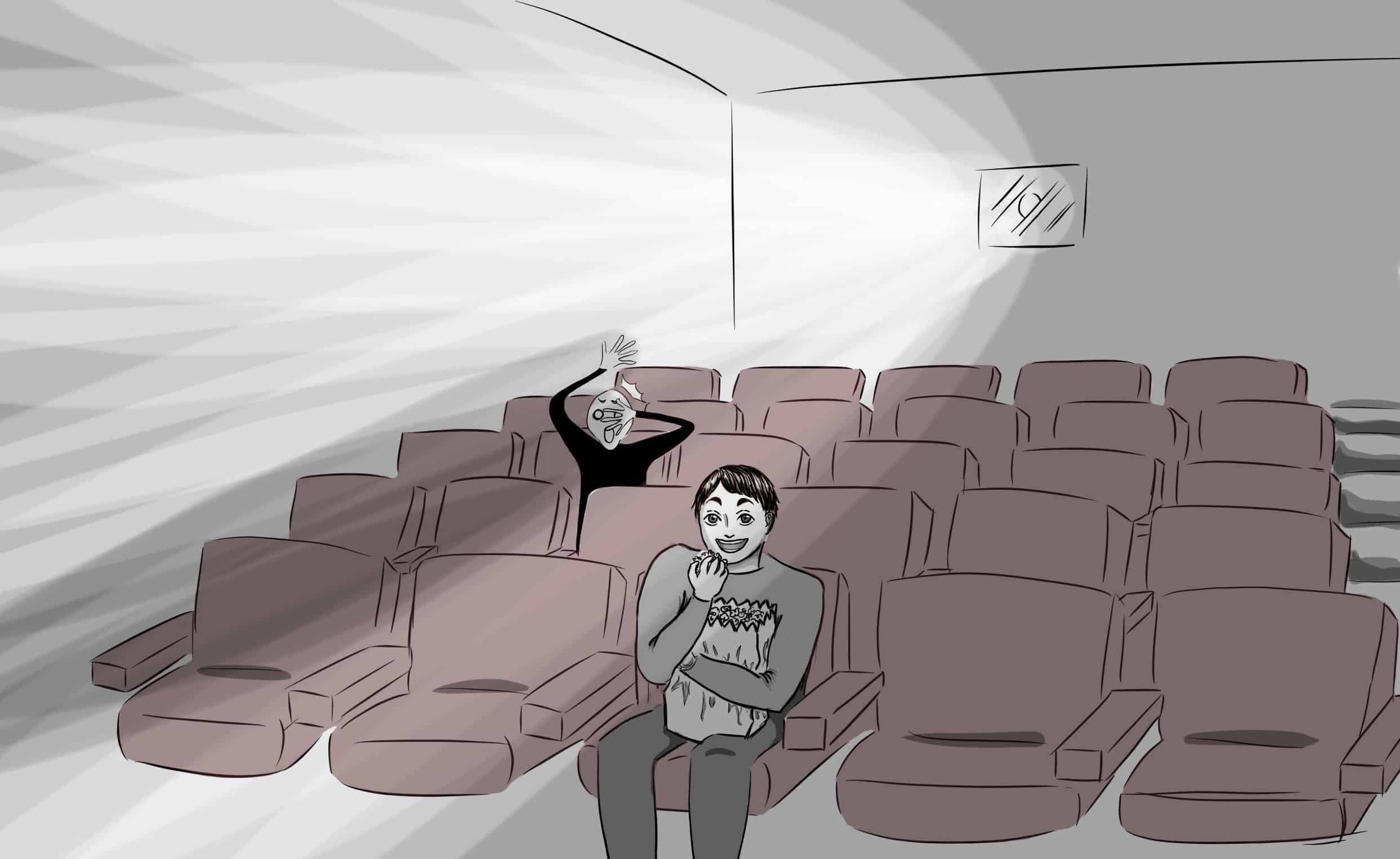With releases like It and Get Out topping the box office, 2017 is proving to be another successful year for horror movies. However, there is a strong divide as to whether or not horror movies are enjoyable to watch.
Some people like Dana Berg, a recent graduate from the Department of Ecology and Evolutionary Biology at U of T, prefer horror to most other movie genres. “The afterlife was interesting to me as a kid, and horror movies allowed me to explore that interest,” she said.
Others like Shelby Stinnissen, a Masters student in U of T’s Faculty of Information, is not as enthusiastic as Berg. “When [movies are] too scary, I get a stomach ache… I don’t like when things that could actually happen in real life are represented in a realistic manner,” said Stinnissen.
Why is it that some can handle and even enjoy horror movies while others feel sick to their stomach after watching them? To answer that, we must understand what fear is and what role it plays in our survival.
What is fear?
Fear, both an innate and learned emotion, functions as a survival mechanism. From an evolutionary perspective, fear is a response used to anticipate a potential threat so that we can deal with it or avoid it. Physiologically, fear induces a switch from the parasympathetic to the sympathetic mode in our central nervous system.
“In the parasympathetic mode, the focus is on long term survival and it kicks in primarily while we are ‘at rest.’ So energy is devoted to processes such as digestion,” said Dr. Steve Joordens, a psychology professor at UTSC. “However, if we suddenly feel that our lives are in danger… then the sympathetic mode kicks in. Now the focus is on short term survival… digestive processes are shut down, [and] heart rate [and] breathing increase.” Overall, the goal of fear is to make your body ready to fight or flee.
‘Safe fear’ is exciting, real fear is not
So, why would we want to purposely invoke fear by watching horror movies? The answer lies in the distinction between fictional horror and real threats.
“Nobody truly likes the feeling of real fear… what some people like is ‘safe fear’… they’re in a situation that is scary enough to produce the [fear response]… which does feel exciting in a truest sense of the word… but overall they know they are actually safe,” explained Joordens.
Dr. Adam Anderson, a former assistant professor in U of T’s Department of Psychology, now at Cornell University, agreed. “The excitement that people feel, with all the physiological arousal that entails, is present with the knowledge that things will end safely. True fear is when the outcome is uncertain.”
This excitement that people enjoy is a product of the adrenaline, dopamine, and endorphins released during a fear response.
Nonetheless, ‘safe fear’ is not enjoyable for everyone, and in the end, this may come down to personality differences. “Some people are simply more adventurous and like flirting with ‘abnormal’ [excitement] states… [others] prefer to keep things comfortable,” said Joordens.
Scared? Just keep watching
If you are looking to conquer your inability to watch horror movies, repeated exposure can help.
“Horror movies were part of my family tradition,” said Leah Ritcey-Thorpe, a fifth-year student studying Ecology and Evolutionary Biology at U of T, who attributes her love for horror movies to watching them at a young age.
Experiencing a threat more than once, whether fictional or real, can help you estimate its danger. “With repeated experience… [you] learn that you’ve been here before and been fine, and [you] react less,” explained Joordens.
While this fact may be discouraging to horror movie fanatics who may not want to be desensitized to fear, others can rest assured that one day, they may be able to watch Paranormal Activity without squinting through their fingertips.


